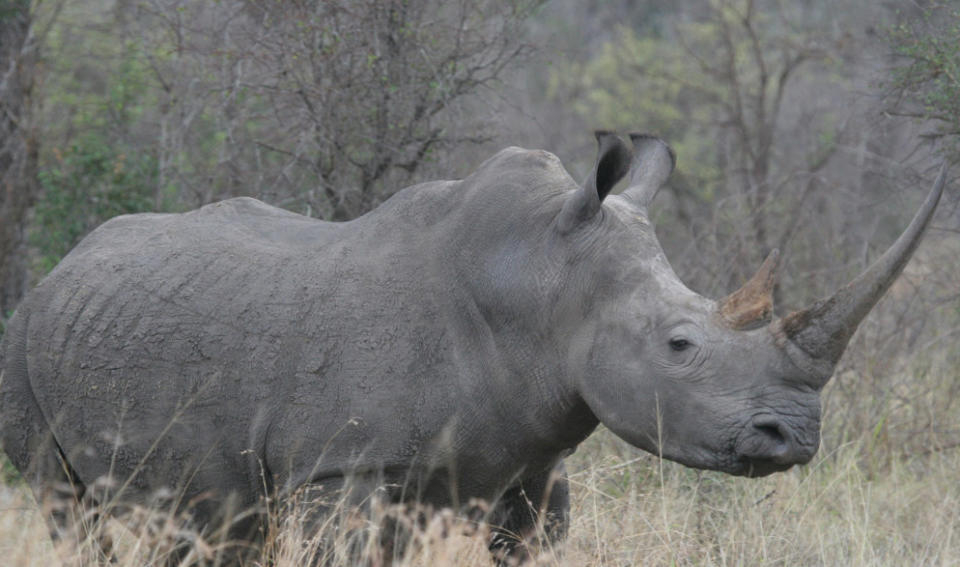Forget About Black Swans; Worry About Gray Rhinos Instead
Whether or not you are a fan of ballet or birds, the term “black swan” should sound quite familiar by now. A “black swan” refers to a hard-to-predict event that deviates from the norm and can have catastrophic ramifications.
But writers like Dr Chan Yan Chong have pointed out that the term is grossly overused in the field of finance nowadays, to the point that everything seems like a “black swan” to concerned investors.
It’s not hard to see where he is coming from—if even ordinary investors can see black swan events coming, are “black swans” still hard to predict? And if the stock market already priced in “black swan events”, will the impact still be catastrophic?
Instead of fretting over unavoidable things that may or may not happen, perhaps it’s time that investors shift their attention to the term “grey rhino” instead.
What is a grey rhino?
The “grey rhino” is a term coined by Michele Wucker in her book The Gray Rhino: How to Recognise and Act on the Obvious Dangers We Ignore. It refers to a highly probable, high impact yet neglected threat.
Caption: You may not notice me, but I’m still big, dangerous and ready to charge.
In other words, grey rhinos are not random surprises, but problems that break out after a series of warnings and visible evidence. When the grey rhino attacks, its power is explosive and unstoppable.
It’d probably make black swans seem as useless as a flappy bird in comparison.
Examples of grey rhinos and their victims
In an interview with Sarder TV, Michele Wucker shared a corporate example that had ignored the “grey rhino in the room”—Kodak.
Kodak had ignored the unstoppable trend of digital photography and was too focused on its existing business. As a result, it missed the opportunity of being good at making what was about to come next.
The grey rhino in this case, apparently refers to technological disruption, though it can also take other forms.
Some examples include the housing bubble (which has led to the subprime mortgage crisis), growing wealth disparity, slowing economic growth in developed countries, overleveraging by businesses, and the increase of toxic assets in banks, etc.
Apparently, these grey rhinos come as a herd (the zoologically correct word for a group of rhinos is a “crash”, interestingly).
Gray rhinos a major concern for China
The state media of the world’s second largest economy is also sounding off alarms warning about potential “grey rhinos” in the China context—the relentless buildup of risks caused by the debt-fueled investment that is contributing to growth.
According to South China Morning Post, problems that contribute to the systemic risk in China’s financial market include but are not limited to:
Growing property speculation and increasing related risks
Tepid private investment, particularly in the manufacturing sector
High debt level that has risen to 250 percent of GDP thanks to Beijing’s repeated use of cheap credit to stimulate slowing growth
Exports and investments, which used to be the main pillars of China’s economy, are not doing as well as before, as global demand falls
On top of that, some Chinese conglomerates themselves look like grey rhinos, having grown so big, so complex, so indebted and so enmeshed in the economy, that political or regulatory strength could not simply control them.
The New York Times has named a few of these big players that fit the description, namely, Anbang Insurance Group, Fosun International, HNA Group, and Dalian Wanda Group.
How to “Rhino-proof” yourself
Wucker noticed that people, when faced with the grey rhino, would typically first go through the stage of denial.
“One of the reasons why people don’t react to things is because they see something as way too big, or something that they couldn’t possibly have an impact on,” she added.
But she acknowledged that grey rhinos are not entirely disastrous, as “opportunities and dangers are flipsides of the same coin”.
She also gave some tips on how investors and business owners can “rhino-proof” themselves:
Start by making the counterintuitive realisation that the big problems that you’re aware of are the ones that you may be the worst at facing.
Ask yourself: “What’s my grey rhino?” for yourself, for your company, or your investments.
Assess the nature of the “beast”, by asking yourself how fast is it coming at you, are there potential solutions, how much consensus do you have in your stakeholders to solve the problem. And most importantly, where’s the opportunity in this (not just to profit from others’ misery but to also offer a solution to existing problems)?
When we talk about black swan events, we often rationalise them on hindsight, but when it comes to spotting the grey rhino, investors would need to be forward looking, with a reasonable amount of foresight.
Speaking of grey rhinos…
There have been tell-tale signs of a recession or stock market bubble burst since a few years ago. In fact, we barely averted a technical recession.
Could this be a grey rhino waiting to charge into our faces? We’ve invited a few investment experts from the independent research space to share their insights and advice on how to invest shrewdly and to look for sources of passive income.
For more information about the event and speakers, please click on the button below. Early bird discounts will end before you know so be quick to reserve your seats!
P.S. Don’t forget to enter promo code “SHARES10” for a $10 discount!





